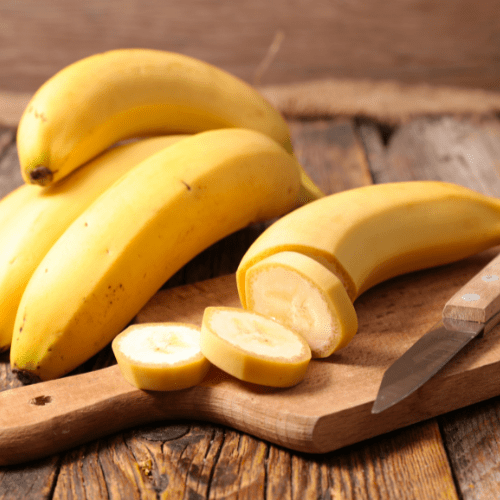Position – Plant your orange tree in a spot that enjoys full sun and adequate protection from the wind. To allow it to grow unhindered, your trees should be planted 4.5 to 6.5 metres apart from one another.
Size – An average, healthy orange tree will reach a height and canopy spread of about 9 metres. However, these oranges can also be grown in a pot (55 litres at least). Orange trees do not like their roots to be disturbed. So, don’t plant other trees, bushes or flowers too near to them.
Soil Type – Orange trees need healthy and well-drained soil. Add compost to the hole that you dig for your tree so that it is in prime condition to nourish the roots. If you’re opting for a pot, use a good quality potting soil and a pot with drainage.
Mulch – These trees thrive with mulch, which protects the roots and retains moisture. But, leave a gap between the stem or trunk of the tree and the mulch to avoid the trunk possibly becoming diseased.
Watering – Orange trees need to be well-watered regularly; those in pots even more so. Generally speaking, your orange tree should get 2.5 to 4 centimetres of water per week.
Fertilising – Give your orange trees the best chance by fertilising them well. Apply 1 teaspoon of our slow-release fertiliser every4-5 months; even though it is called berry fertiliser it is for all plants/trees.
Pruning – Your orange tree will only need to be pruned to remove dead or diseased limbs, or to remove those that are too close to the ground (around 30 centimetres or less).
Pest and Disease Management: It is important to watch out for pests like aphids, scale insects, and mites. Remove leaves that are bubbly and dispose of them immediately. We recommend Effective Microorganisms to prevent the spread of these pests and diseases. Hose the tree first, to remove the aphids, and then spray well with EM Control. As they tree grows larger it will be healthy and pests will be a thing of the past.
Harvesting – These trees can be harvested from spring to summer and usually continue to bear fruit for decades. The orange should be fairly easy to pluck from the tree if you gently twist it from the branch.






